One of the best things about the trade deadline is that it sets the table for exciting divisional races down the stretch. The Atlantic and Metropolitan Divisions have two teams fighting for the top spot while the Pacific Division has four in the running. The best division race, however, is in the Central where three teams are neck and neck for the top spot and a better position for the playoffs.
Related: Jets’ Strong Deadline Has Them All in for Stretch Run
The Colorado Avalanche, Dallas Stars, and Winnipeg Jets have all looked like Cup-caliber teams at times this season, and better yet, all three made significant upgrades at the trade deadline. So, which team has the edge and will win the arms race by the end of the season?
Colorado Avalanche
This season has provided a new perspective on the Avalanche. Their roster is below average outside their top six and top-pairing defense. But it doesn’t matter because they have three of the top 20 players in the NHL. Mikko Rantanen is one of the best skaters in the league and is having a remarkable season with 31 goals and 53 assists, yet it’s gone unnoticed. Why? Nathan MacKinnon is a Hart Trophy frontrunner, and Cale Makar, who won the Norris Trophy in 2022, is making a strong case to win the award again. Similarly, Devon Toews is arguably a top-10 defenseman but overshadowed by Makar.

The Avalanche are a top-heavy roster, and despite their lack of depth, they’ve remained neck and neck with the Jets and Stars. However, they are expected to only get better from here. First, some key contributors are returning to the lineup, notably Artturi Lehkonen and Valeri Nichushkin, two middle-six forwards who played an essential role in the team’s Cup run in 2022. Additionally, the Avalanche were active at the trade deadline and addressed the depth issue.
They needed a second-line center and made a rare hockey trade to get one. The Avalanche moved a promising young defenseman, Bowen Byram, to the Buffalo Sabres to acquire Casey Middlestadt, who is having the best season of his career with 14 goals and 33 assists. They needed forwards who could add a checking presence, and they got that with the Brandon Duhaime and Yakov Trenin additions. To fix the defense, they added Sean Walker, who will slide into the second-pairing, along with Josh Manson, who the Avalanche acquired at the 2022 trade deadline to set themselves up for a deep playoff run.
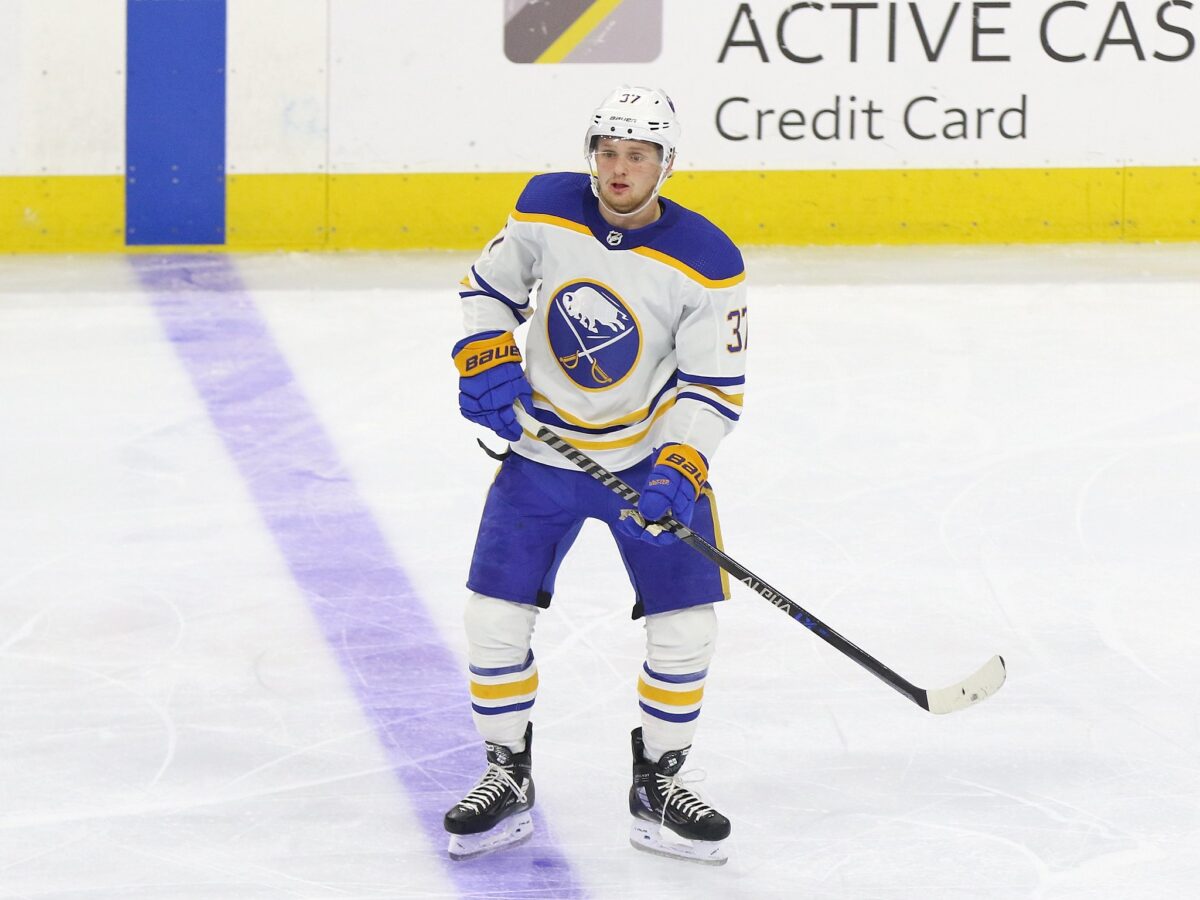
The only position the Avalanche didn’t address was goaltending, which could come back to haunt them. That said, they’ve won their division in each of the past three seasons, with a Presidents’ Trophy title and Cup title in the process. They’ve been the class of the Central Division and could win it again with their stars leading the way and depth starting to take shape, giving the Avalanche a roster without any glaring weaknesses.
What’s Holding the Avalanche Back
Ok, they have one glaring weakness, and it’s in the net. Alexandar Georgiev is having a rough season with a .901 save percentage and 2.85 goals-against average (GAA) on 1469 shots and -3.6 goals saved above average (GSAA). The 23-year-old backup, Justus Annunen, is a wild card as he’s looked promising with a .929 SV% and a 2.33 GAA but in a minimal role, as he’s started six games and faced only 198 shots. The Avalanche didn’t acquire a goaltender at the deadline, and they’ll have to hope Georgiev turns things around down the stretch and when the playoffs begin.
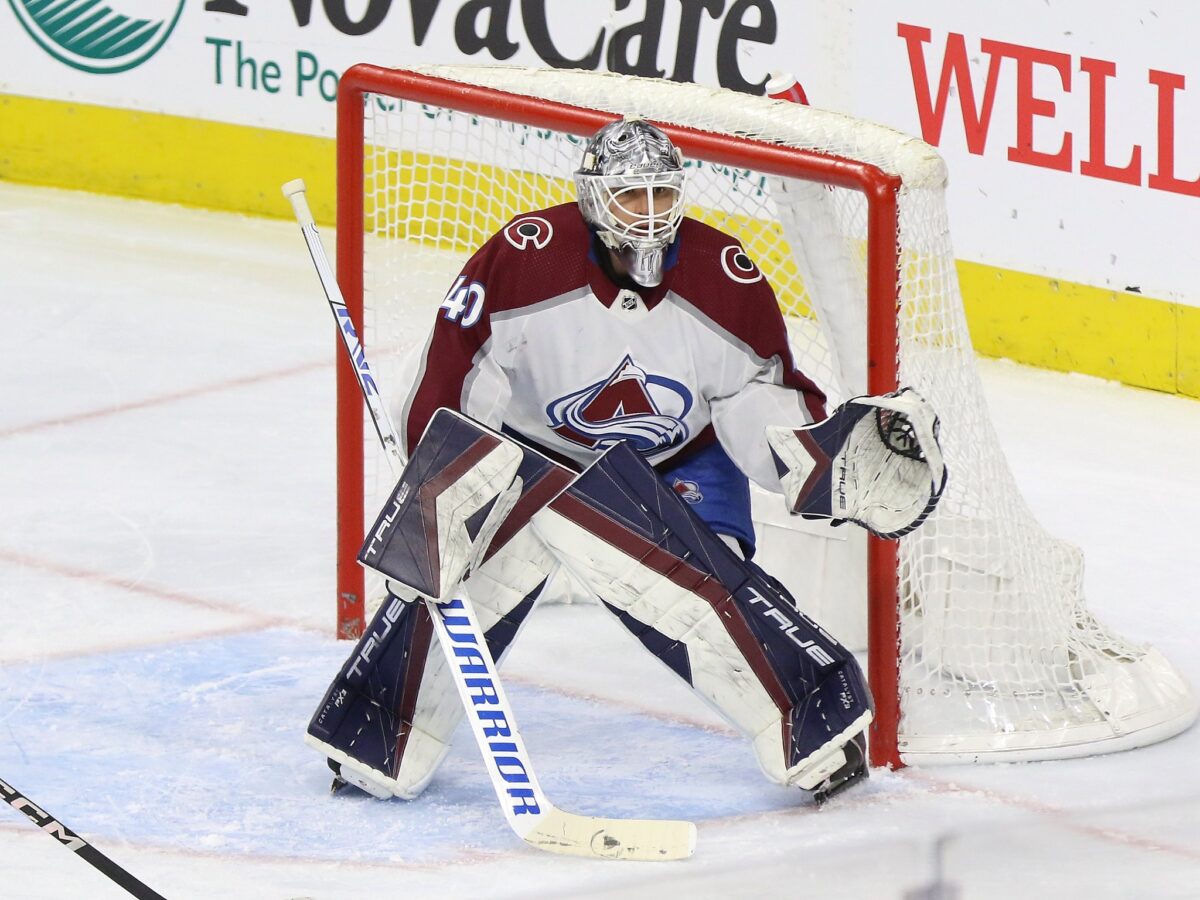
The Avalanche have an understandable confidence in Georgiev. When they won the Cup, they did so with Darcy Keumper as their starter, a reliable goaltender but far from elite. They won with Keumper and not because of him, as the supporting cast was good enough to help him out. With a remarkable roster, a team doesn’t need an elite goaltender, and the Avalanche prefer to use their resources for other positions. This season, however, it could be what costs them the division and in the playoffs.
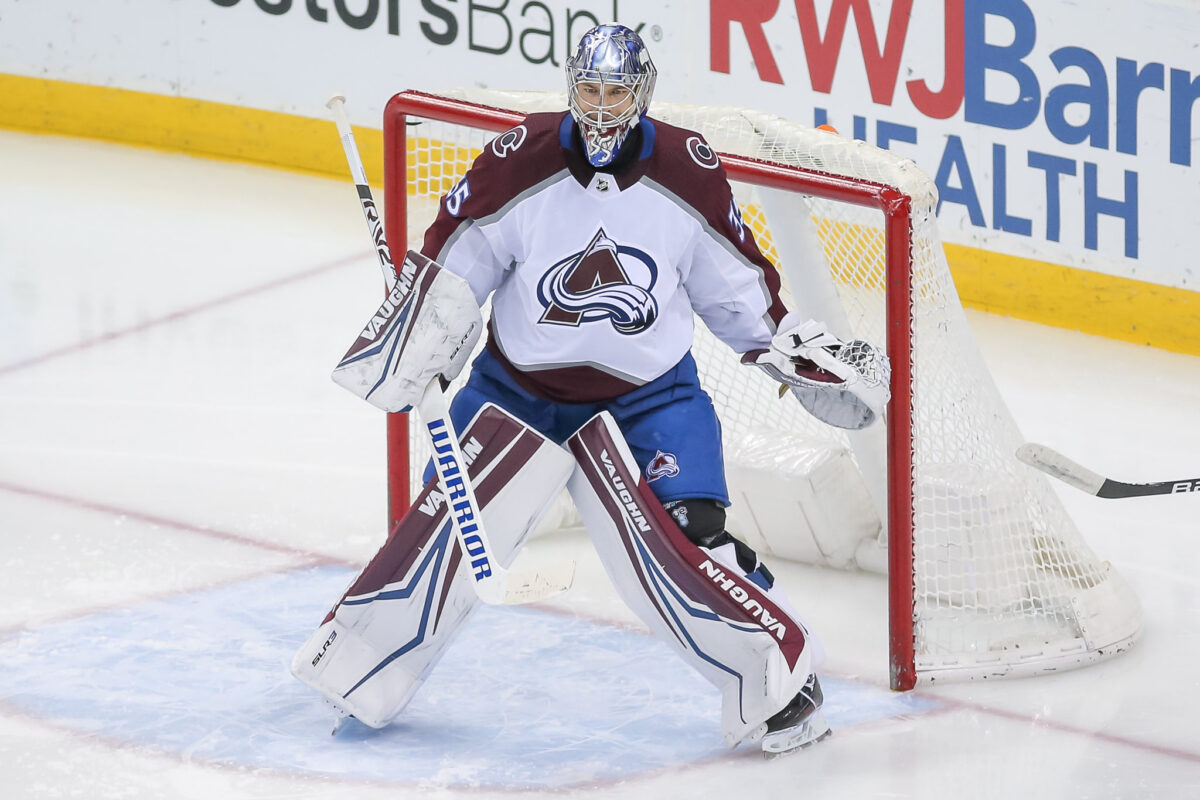
The depth is also an area of concern. Yes, the front office made some moves to help both the forward and defensive units, but there’s no guarantee any of their trades will work out. Walker had great chemistry alongside Nick Seeler when he was with the Philadelphia Flyers, but without Seeler, his strong play could fall off and leave the defense, which allows 3.02 goals per game, a weakness. The Avalanche are taking a risk, hoping their trade deadline will pay off – and one failed move could have them a step behind in the Central Division.
Dallas Stars
The Stars are probably the best team in the NHL that nobody talks about. This was also true last season when many overlooked them entering the playoffs, yet they reached the Western Conference Final. Jason Robertson established himself as a superstar when he scored 46 goals and 63 assists last season and has 22 goals and 45 assists this season. Likewise, Miro Heiskanen is one of the best young defensemen in the game, as the 24-year-old has seven goals and 37 assists with 2.4 defensive point shares. Robertson and Heiskanen are two of the many great players on the Stars who go unnoticed but are leading one of the best teams in the league.
It’s not just elite players. The Stars have one of the deepest rosters in the league. Six skaters have 20 goals or more, giving them four potent forward lines and an offense that averages 3.62 goals per game. The defense is not only talented but also has a great mix of youth and experience, epitomized by Thomas Harley and Ryan Suter, who are 22 and 39, respectively.
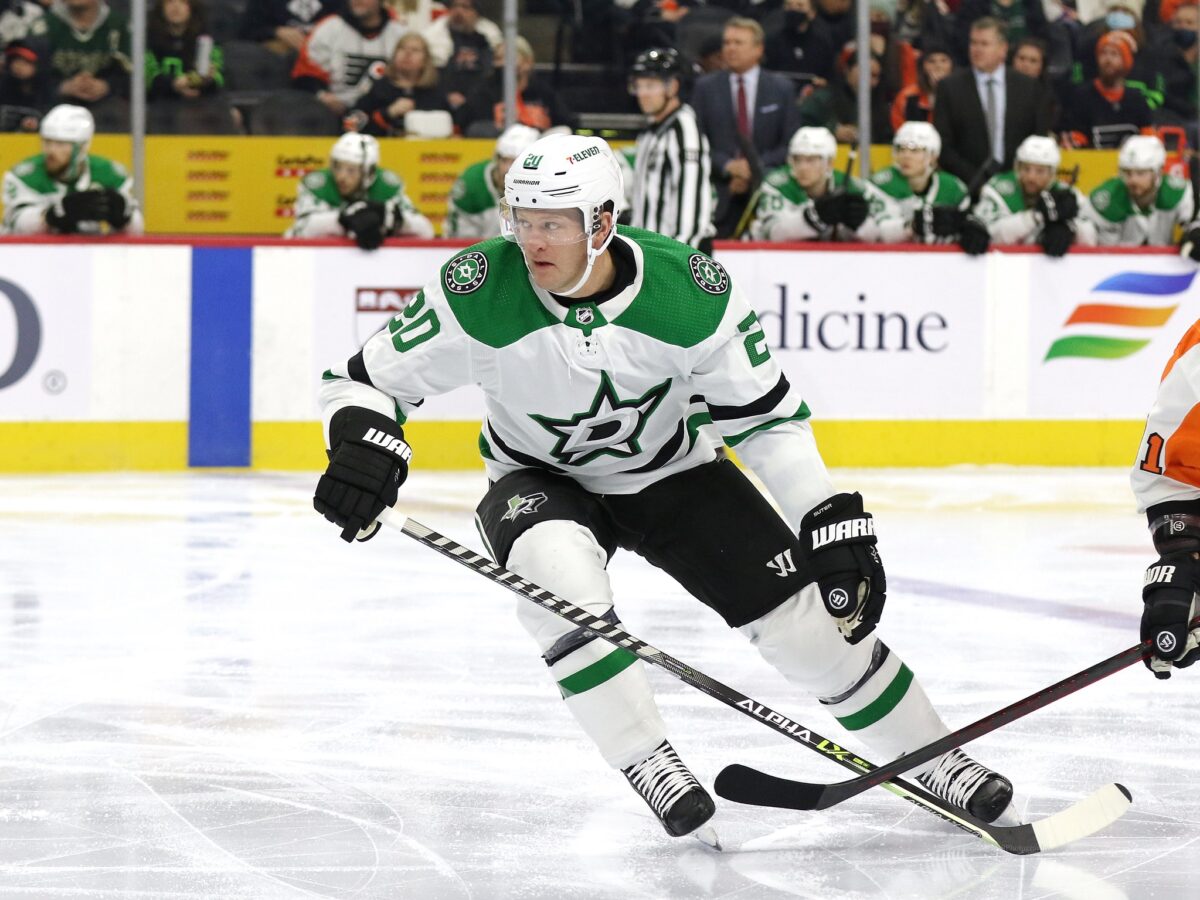
The defense has struggled this season, but management made one of the biggest moves at the trade deadline to fix that. They acquired Chris Tanev from the Calgary Flames, and the veteran defenseman should round out the unit for a strong finish to the season. The Stars also upgraded the roster from within, calling up Logan Stankoven from the American Hockey League (AHL). The 20-year-old forward has five goals in nine games and added a spark to a forward unit that didn’t need one but got it anyway.
The advantage the Stars have over the Avalanche and Jets is chemistry. Outside of the Tanev trade, they weren’t active at the trade deadline and don’t have to worry about working a player into the lineup and finding out what works. They didn’t take any risks at the deadline, and it could pay off, especially if the moves their division rivals made at the deadline backfire. The lack of movement, however, can also be their downfall, especially regarding their goaltending.
The One Thing Holding the Stars Back
The Stars, like the Avalanche, have seen their goaltending disappoint. Unlike the Avalanche, this was a position they expected to be a strength. Jake Oettinger entered this season with a .916 SV% and a 2.42 GAA with 37.2 GSAA (roughly 12.1 GSAA per season). In 41 starts, he has a .900 SV% and a 2.95 GAA with -4.7 GSAA and has been inconsistent. Scott Wedgewood’s struggles haven’t helped the cause, as he went from one of the best backups in the league to a liability in net.
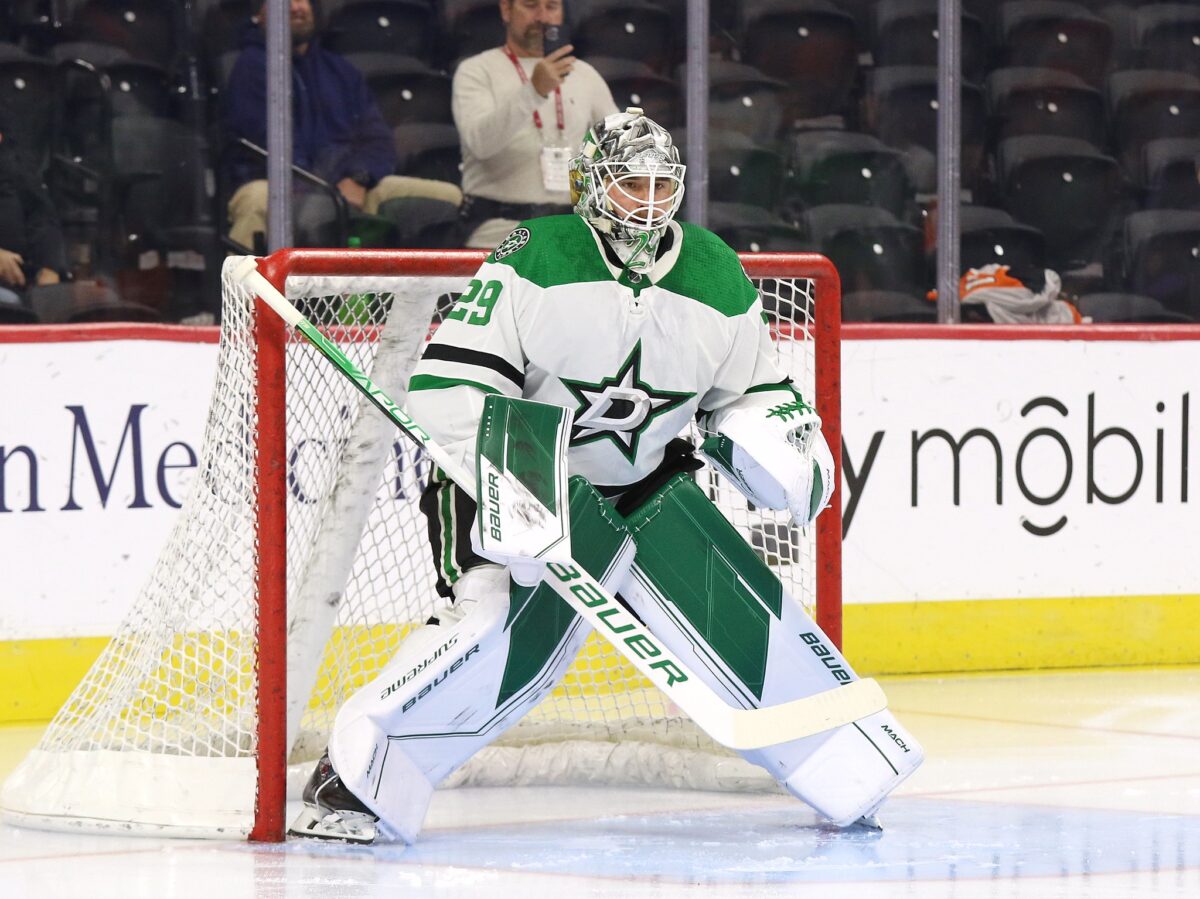
One move the Stars could have made at the deadline was to acquire a backup goaltender to help Oettinger. Alex Nedeljkovic, Kaapo Kahkonen, and Vitek Vanecek were all viable options and didn’t have a high price tag. Goaltenders are rarely moved at the deadline – it’s a high-risk move to add one and expect elite play down the stretch. That said, the Stars could’ve taken that gamble, knowing they have a team capable of making a Cup run.
The question is if adding a goaltender would have made a significant difference. Despite the struggles, Oettinger is still the primary starter and will be for the playoffs, regardless of who the Stars might have acquired. They also didn’t want a trio for the rest of the season. Unless they could find a backup better than Wedgewood, it wouldn’t have been worthwhile to make a trade at that position. So, for now, the Stars will have their fingers crossed, hoping Oettinger figures it out in time for the playoffs.
Winnipeg Jets
The Jets had one of the deepest and most balanced rosters in the league before the trade deadline. Then they acquired Tyler Toffoli, a veteran scorer with more than enough playoff experience (he won the Cup in 2014 with the Los Angeles Kings and helped the Montreal Canadiens reach the Final in 2021). Along with the Toffoli addition, the Jets added Sean Monahan, a two-way center who rounds out the forward unit.
The Jets didn’t significantly upgrade the defense aside from acquiring Colin Miller, who will play a minimal role on the unit. They didn’t need to make a significant upgrade. The Jets have one of the best defenses in the league, allowing only 2.38 goals per game with three reliable pairings and goaltender Connor Hellebuyck in net looking like a Vezina Trophy frontrunner. Hellebuyck gives the team an advantage, particularly over the Avalanche and the Stars, as he’s one of the best goaltenders in the NHL and can singlehandedly takeover games, something he’s done throughout this season.
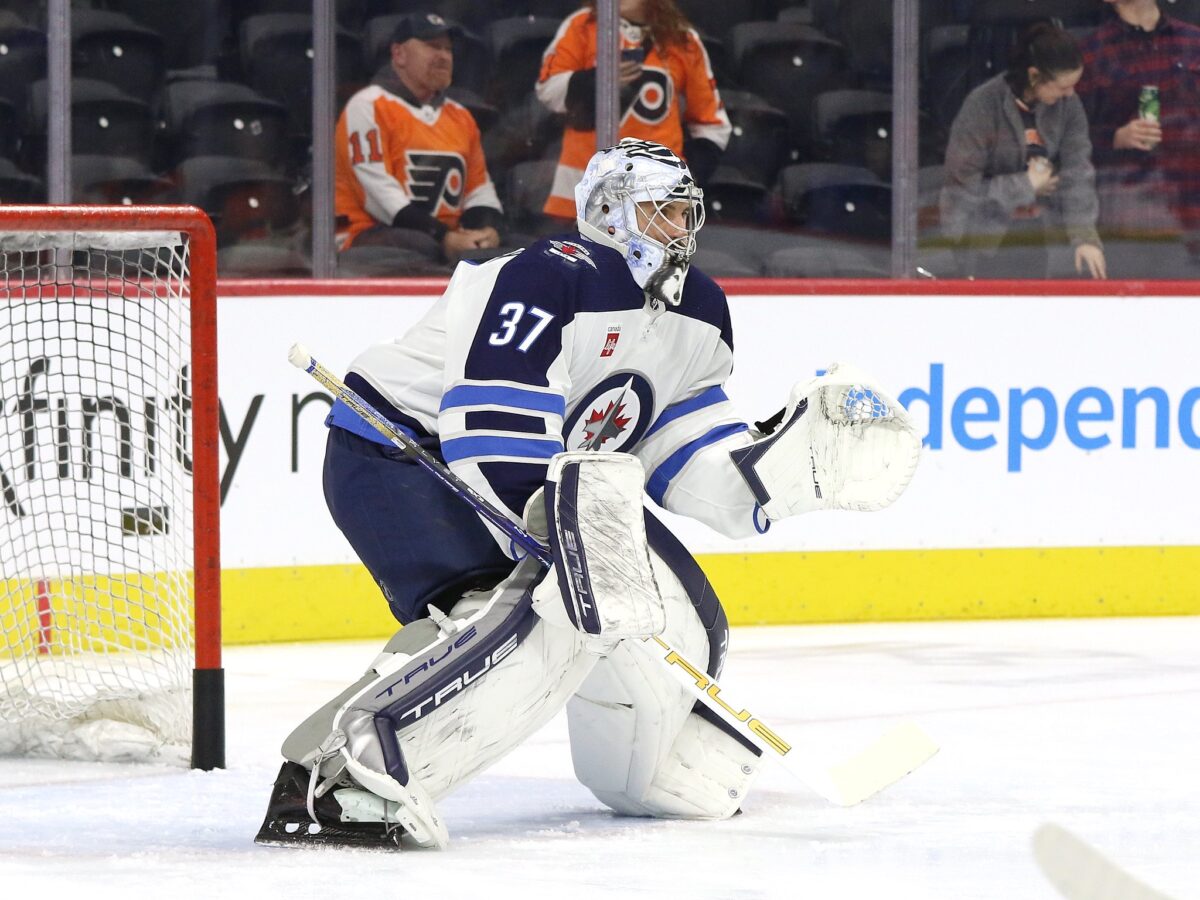
A bonus is that head coach Rick Bowness will have Gabriel Vilardi, who is battling an upper-body injury, back in the lineup for the playoff push. The 24-year-old forward was acquired in the Pierre-Luc Dubois trade and is the primary factor in why the trade looks lopsided. Dubois has 14 goals and 14 assists in 64 games, while Vilardi has 16 goals and 14 assists in 38 games. Having him back will make the Jets’ offense tough to stop, especially with the additions of Monahan and Toffoli.
The Avalanche and the Stars have remarkable offense, but both teams have struggled defensively. The Jets, meanwhile, have been led by their defense, and they have an offense that can carry them as well. As a team that can win in multiple ways, they not only can win the division but make a deep playoff run.
The One Thing Holding the Jets Back
The defense has been their strength, but it could also be their downfall. Some rough performances in recent weeks have stood out and are a reminder that the unit, while incredible, has been vulnerable. The Jets allowed six goals in the Feb. 19 loss to the Flames and five goals in the March 9 loss to the Vancouver Canucks, a team they might face in the Stanley Cup Playoffs. The defense wins with its structure and by playing a gap-sound style to limit effective shots on net. Once that structure disappears, things fall apart.
Similarly, the Jets are only as good as Hellebuyck. He’s a world-class goaltender who could lead them to the Cup, but if he starts playing poorly, the team will have no chance. The Jets have done a great job in recent seasons of keeping him fresh and limiting his workload (he doesn’t lead the league in shots against!), so all signs point to a strong finish from him.
The other concern is the offense, which is good but not nearly at the same level as the Avalanche and the Stars. They average 3.06 goals per game, and the production declines after Mark Scheifele, Kyle Connor, and Nikolaj Ehlers. If the Jets end up in high-scoring barnburners where their offense has to go toe-to-toe with the Avalanche or the Stars, they’ll be in trouble.
Avalanche, Stars, Jets: Who Has the Edge?
This division is the Avalanche’s to lose. Expect them to win it until they don’t – last season is a reminder of that fact. They struggled to start the season but were confident they’d end up in first place. It came down to the final regular season game, but they edged out the Stars, and as long as MacKinnon, Rantanen, and Makar are playing at a high level, the same can be expected this season.

That said, as of March 13, the Stars have a two-point lead in the standings, while the Jets have the games-in-hand advantage. While the Stars have 89 points in 67 games and the Avalanche have 87 points in 66 games played, the Jets have 87 points in 64 games. So, a lot is still up in the air and will change from now until the final game of the regular season.
There’s no guarantee the division winner will win the Stanley Cup. Case in point – the Avalanche were eliminated in the First Round by the Seattle Kraken last season. But it does make the path to the Cup easier. Winning the division allows the first matchup to be against a wild-card team that could be easily defeated, allowing the team to be well-rested for the next round against a team coming off a hard-fought series. The past two Cup winners won their division, and the easier First-Round matchups allowed them to hit the ground running.
Which team do you think has the edge in the Central Division? Let us know in the comments section below.
